Advisories, Quarantines or Proclamations of Emergency
Agriculture/Weights & Measures works with the California Department of Food & Agriculture when a quarantine is necessary. The CDFA is the governing agency in declaring quarantines, and it is AWM that will enforce and circulate the information to residents and businesses in the quarantine area(s).

Find out what’s going on in your neighborhood. Locate your quarantine zone.
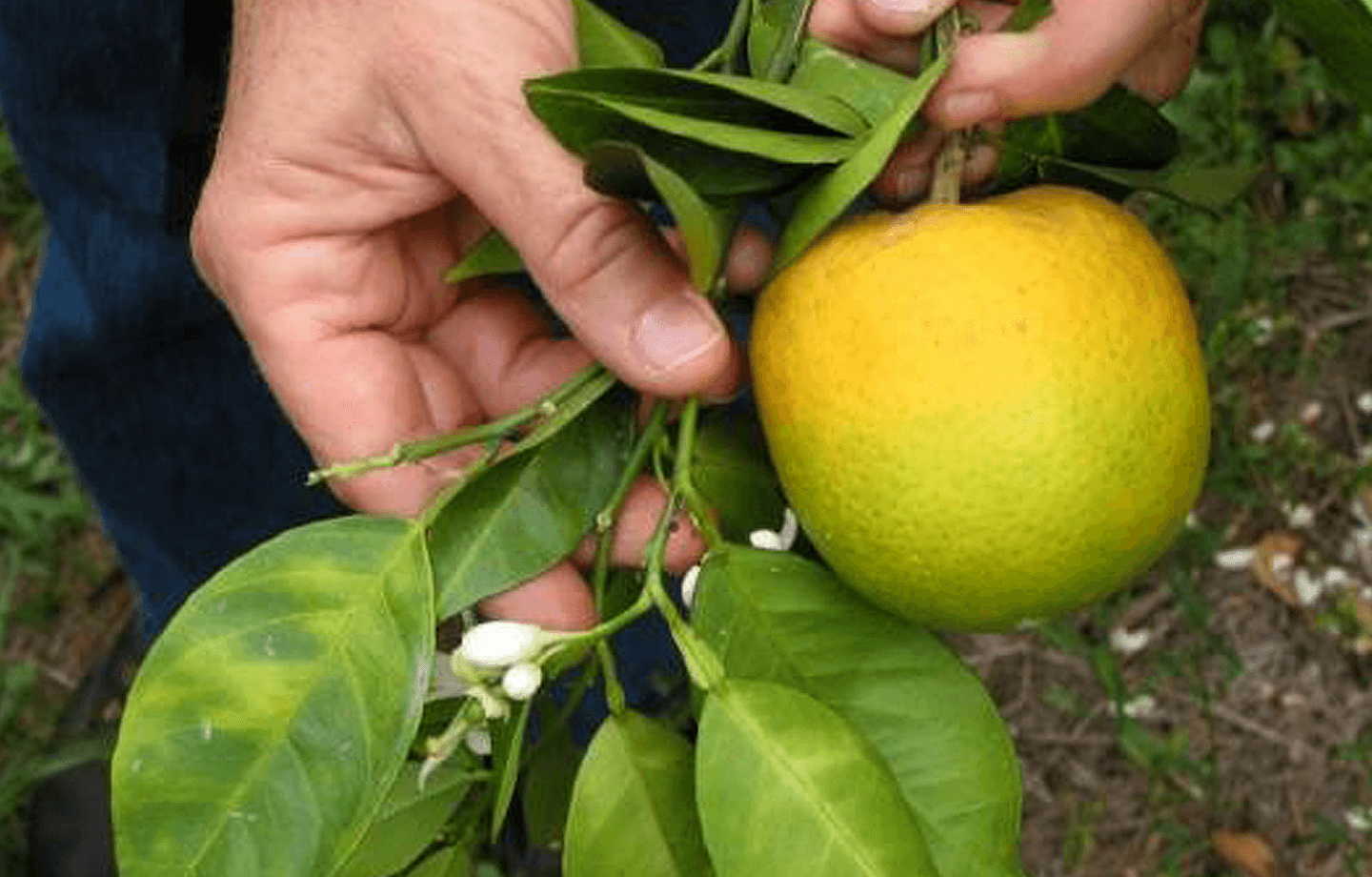
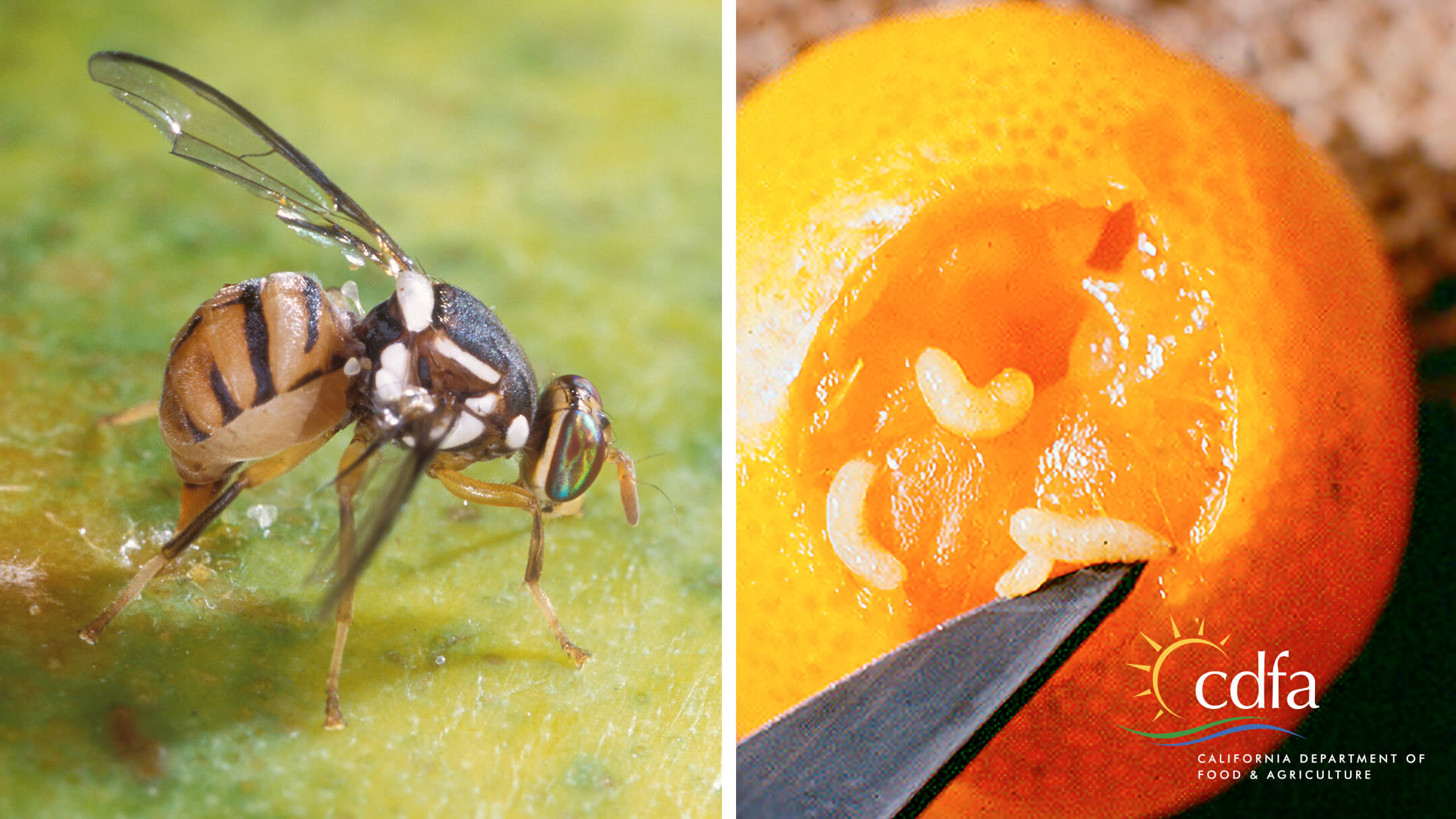
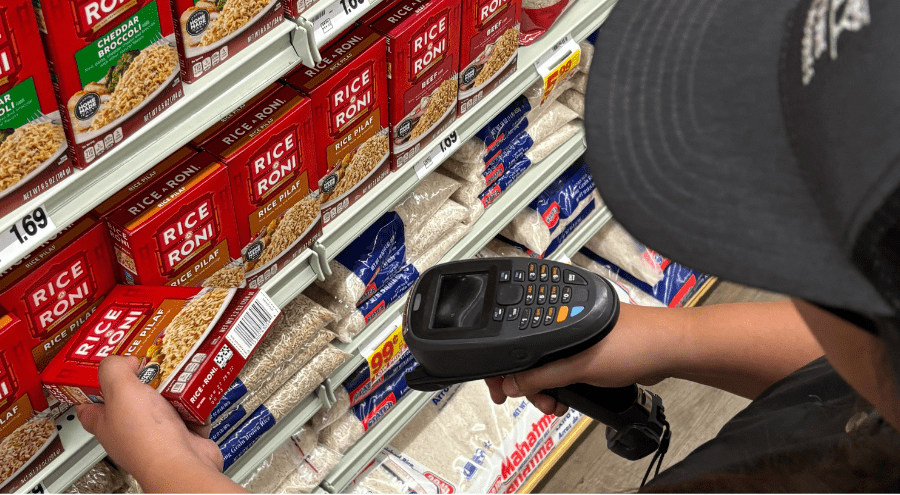


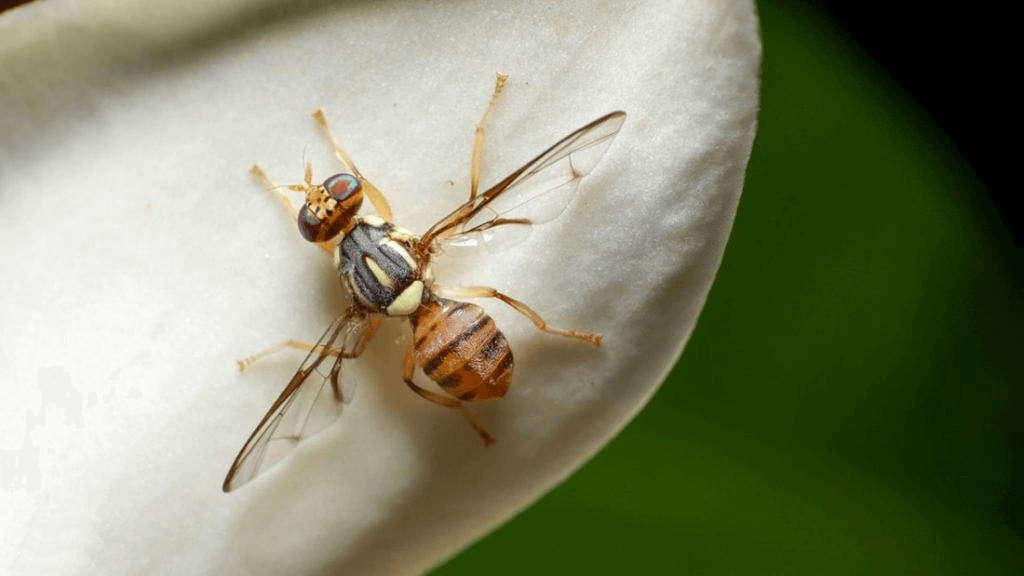




Pests causing harm to our agriculture
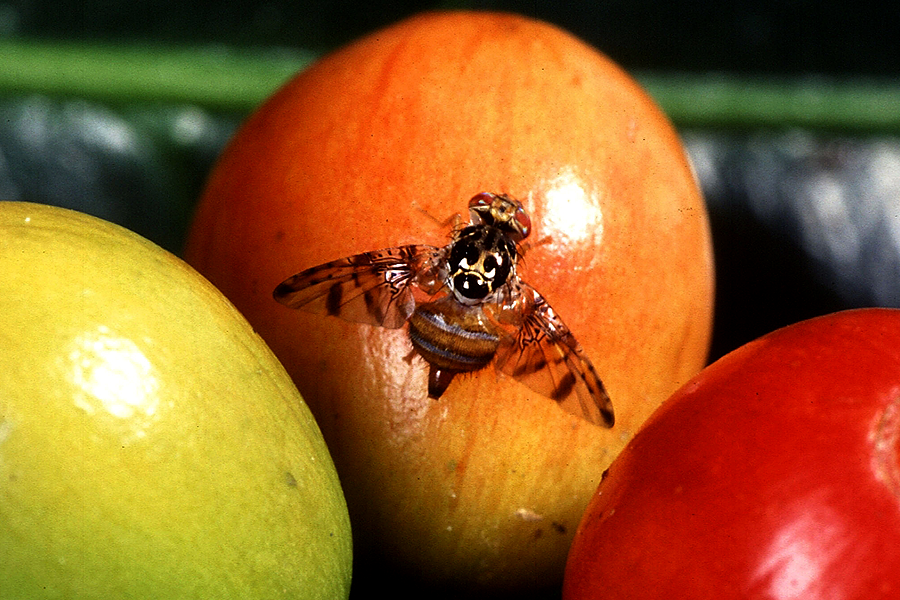
Mediterranean Fruit Fly
The Mediterranean fruit fly is a short, squat fly about 1/4 inch in length. It has a blackish thorax marked with silver; a tan abdomen with darker stripes extending across the abdomen; and clear wings with two light brown bands across the wing, another along the distal front edge, and gray flecks scattered near the base.
The immature stages are superficially similar to those of other exotic fruit flies. Eggs are white, very small, elongate, and somewhat banana-shaped.
Larvae are white, legless, and somewhat carrot-shaped. The pupa is contained inside an elongate oval, shiny brown, hard puparium.

Oriental Fruit Fly
The adult oriental fruit fly is somewhat larger than a housefly, about 8 mm in length. The body color is variable but generally bright yellow with a dark “T” shaped marking on the abdomen. The wings are clear.
The female has a pointed slender ovipositor to deposit eggs under the skin of host fruit. Eggs are minute cylinders laid in batches.
The maggots (larvae) are creamy-white, legless, and may attain a length of 10 mm inside host fruit.
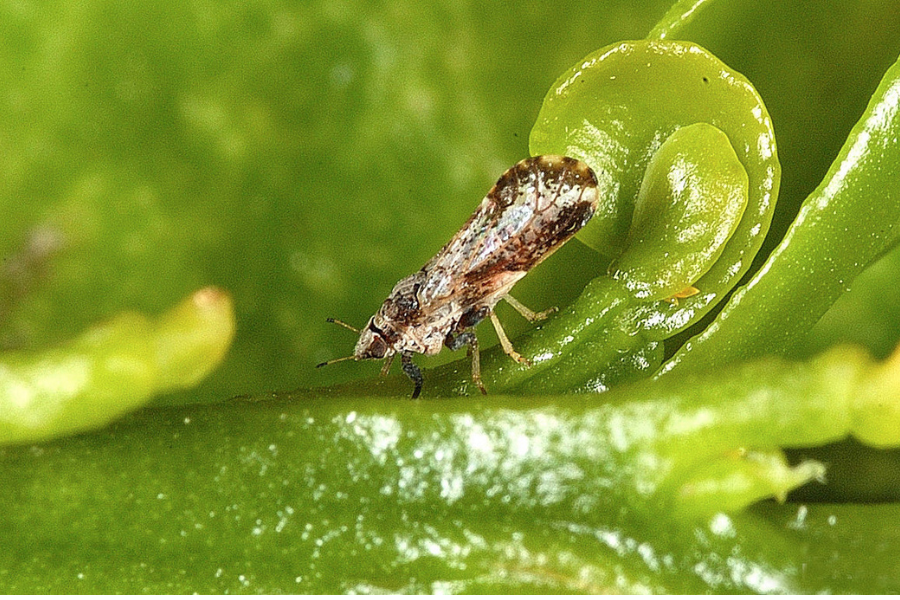
Asian Citrus Psyllid
A tiny insect no bigger than a grain of rice may go unnoticed on your citrus trees, but it could have devastating consequences for California citrus if not stopped.
The Asian citrus psyllid feeds on citrus leaves and stems, and can infect citrus trees with a bacteria that causes a serious plant disease called Huanglongbing, also known as HLB or citrus greening disease.
While not harmful to humans, the disease kills citrus trees and has no cure.